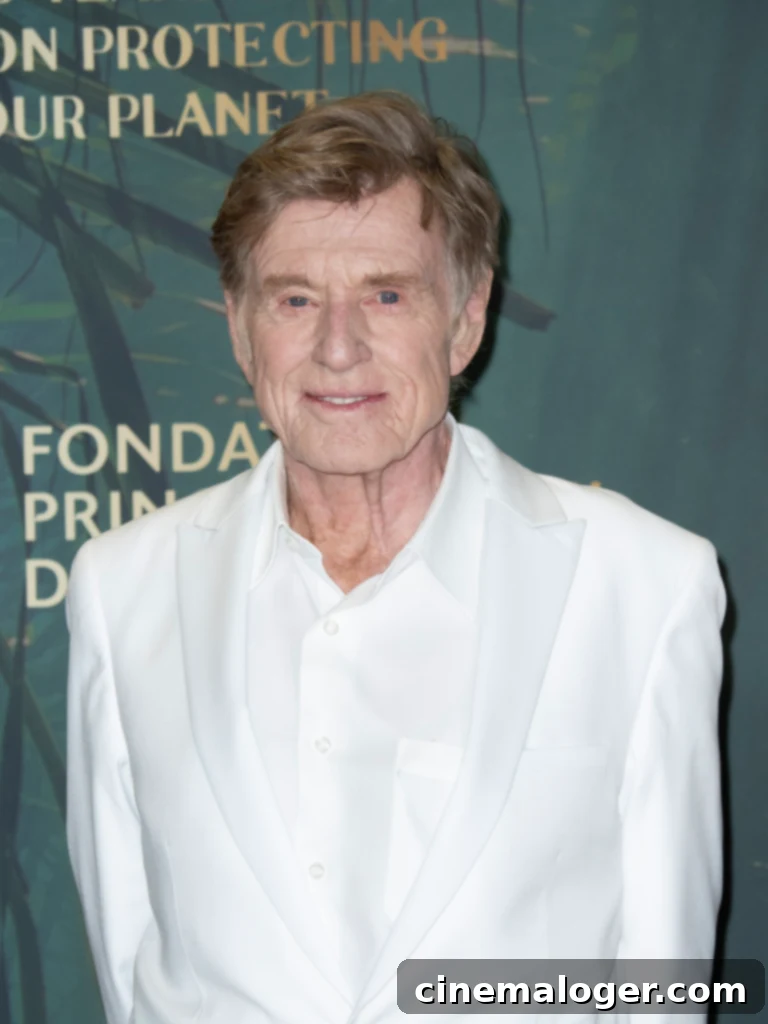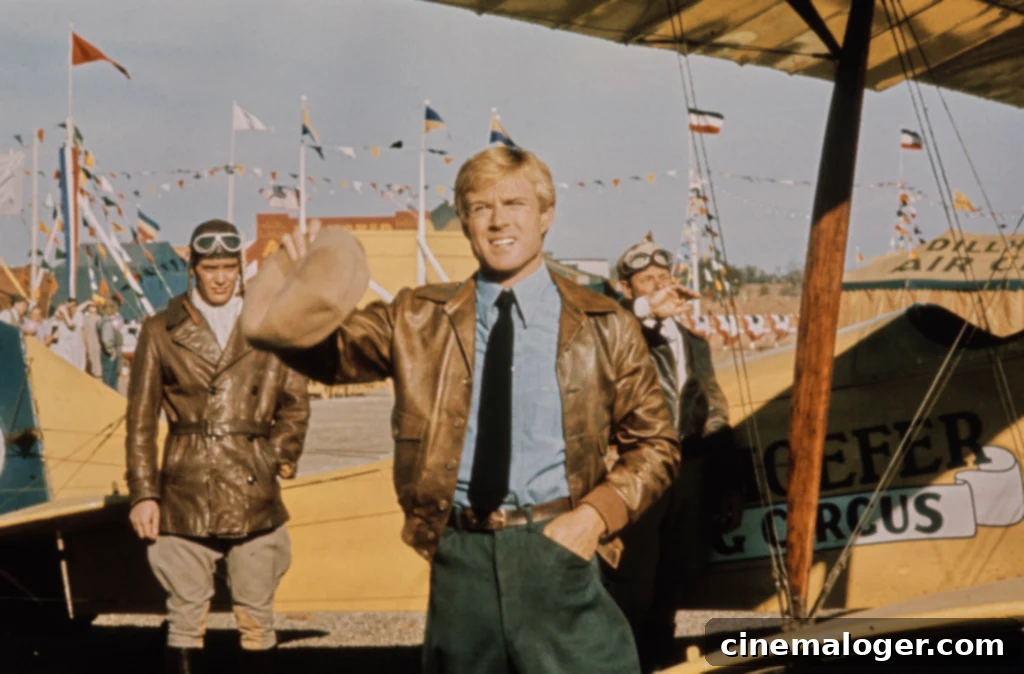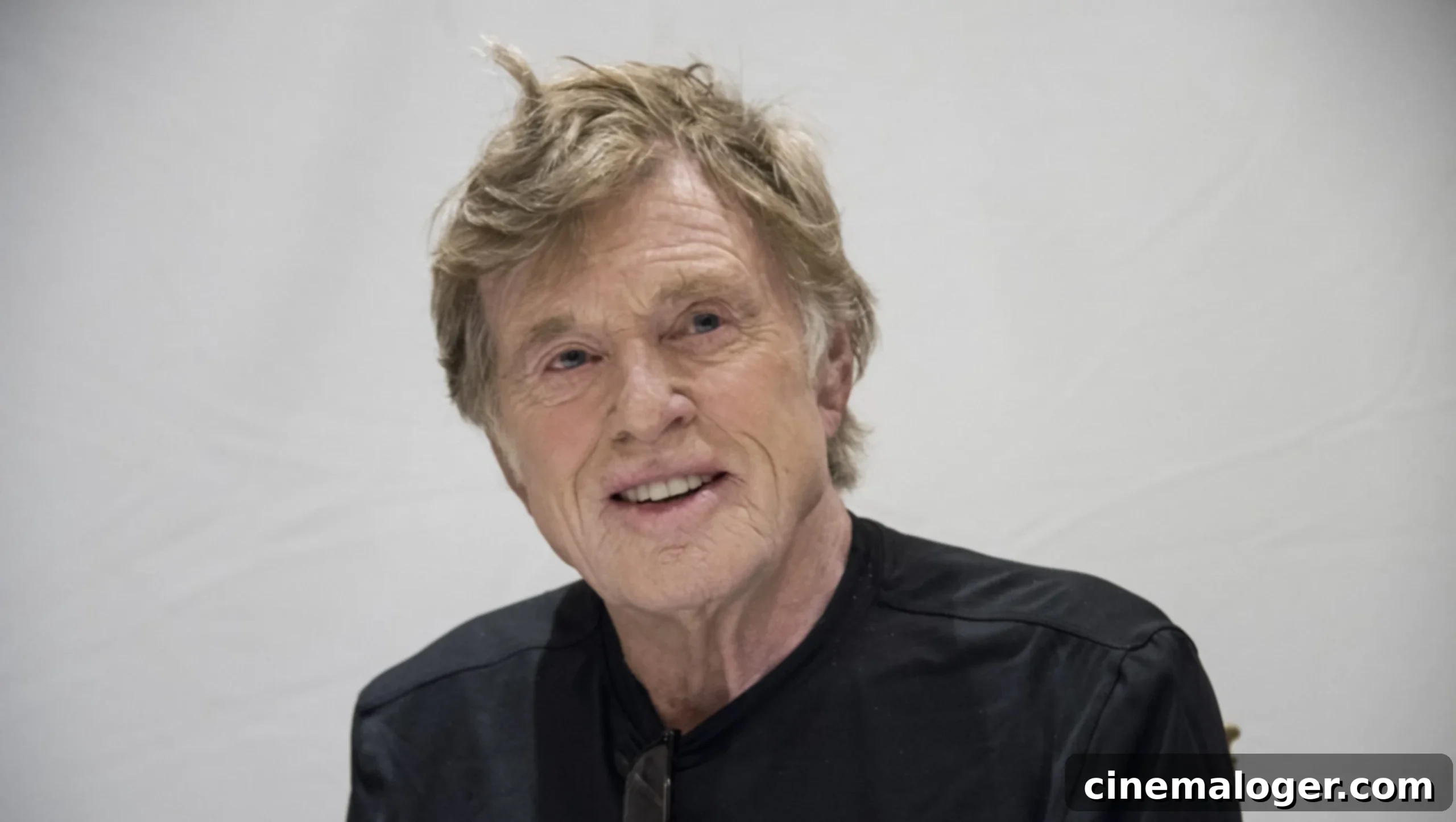Robert Redford’s Enduring Legacy: Remembering a Hollywood Icon and Sundance Visionary
Hollywood, and indeed the world, mourns the passing of a true legend, Robert Redford. The iconic actor, visionary director, and pioneering founder of the Sundance Film Festival, has passed away at the age of 89. Redford’s remarkable career spanned decades, leaving an indelible mark on cinema through his charismatic performances and profound dedication to independent storytelling. From his unforgettable roles in classics like Butch Cassidy and the Sundance Kid, The Sting, and All the President’s Men, to his directorial triumph with Ordinary People and his monumental work with the Sundance Institute, Redford’s influence resonated far beyond the silver screen. As heartfelt tributes pour in from fans, colleagues, and global leaders, the focus now turns to honoring the extraordinary life and enduring legacy of this film titan.
His contributions not only shaped generations of filmmakers and actors but also cultivated a vibrant ecosystem for independent cinema, forever changing the landscape of the entertainment industry. This article delves into the details surrounding his passing, celebrates his illustrious career, explores his profound impact, and looks ahead to how the world will remember such a singular talent.
Find out more below about the life and passing of Robert Redford.
How Old Was Robert Redford When He Died?
Robert Redford was 89 years old at the time of his passing. Born on August 18, 1936, his life spanned nearly nine decades, during which he became one of the most celebrated and influential figures in American culture. His long and impactful life saw him transition from a rebellious young actor to a global superstar, an Oscar-winning director, and a tireless champion for environmental causes and independent film. His longevity in the industry allowed him to witness and shape significant shifts in filmmaking, always remaining relevant and respected.

How Did Robert Redford Die? His Cause of Death
Robert Redford peacefully died in his sleep at his home in Sundance, Utah, a place deeply intertwined with his identity and legacy. While the news of his passing has been confirmed, an exact cause of death has not been made public. His representative, Cindi Berger, chairman and CEO of Rogers & Cowan PMK, confirmed the details of his passing to The New York Times, stating that he died in his sleep while at home outside Provo, Utah, on September 16, 2025. The quiet dignity of his passing at his beloved Sundance ranch reflects a life lived with integrity and a deep connection to nature, which he championed throughout his career.
Redford had a profound relationship with Utah, where he established the Sundance Institute and Film Festival, creating a haven for artists and a global platform for independent cinema. It is fitting that he passed away in the serene environment he helped cultivate, surrounded by the mountains he cherished. While the immediate cause remains private, his passing at 89 years old suggests a natural end to a long and exceptionally fulfilling life.
When Is Robert Redford’s Funeral?
Details regarding Robert Redford’s funeral and memorial services have not yet been publicly announced. Fans, industry colleagues, and the countless artists whose careers he touched are eagerly awaiting word on when and how this beloved icon will be honored. It is widely expected that tributes will span across Hollywood, where he achieved superstar status, and his cherished home state of Utah, the birthplace of the Sundance Film Festival.
Given Redford’s immense impact, it is likely that multiple memorial events will be planned. These could range from private family ceremonies to larger public celebrations of his life and work. One can anticipate a significant tribute during the next Sundance Film Festival, which stands as his most enduring institutional legacy. Film academies, environmental organizations, and arts foundations that he supported are also expected to organize their own commemorations, reflecting the broad spectrum of his philanthropic and artistic endeavors. His passing marks not just the end of an era for cinema, but also a moment for profound reflection on the power of an individual to shape culture and inspire change.

Robert Redford’s Illustrious Career and Enduring Impact on Cinema
Robert Redford’s journey through Hollywood was nothing short of legendary. He began his career in the early 1960s, quickly establishing himself as a talented actor with a unique blend of rugged charm, intelligence, and an underlying intensity. His breakthrough came in 1969 with Butch Cassidy and the Sundance Kid, where his dynamic chemistry with Paul Newman created one of cinema’s most iconic duos. This success was followed by another triumph with Newman in 1973’s The Sting, which earned him an Academy Award nomination for Best Actor.
Throughout the 1970s, Redford solidified his status as a leading man and a symbol of American cinema. He took on diverse and challenging roles in films like Jeremiah Johnson (1972), where he portrayed a solitary mountain man, and the political thriller Three Days of the Condor (1975). Perhaps one of his most significant roles was as journalist Bob Woodward in All the President’s Men (1976), a gripping account of the Watergate scandal that showcased his ability to tackle serious, real-world issues with gravitas and conviction.
Beyond his acting prowess, Redford proved to be an equally formidable talent behind the camera. In 1980, he made his directorial debut with Ordinary People, a powerful drama about a family coping with tragedy. The film was critically acclaimed, earning him an Academy Award for Best Director and the Best Picture Oscar. This marked a pivotal moment, affirming his commitment to storytelling that explored complex human emotions and societal themes. He continued to direct acclaimed films such as A River Runs Through It (1992), Quiz Show (1994), and The Horse Whisperer (1998), consistently demonstrating his thoughtful approach to filmmaking.
However, arguably Redford’s most profound and far-reaching contribution to the film industry was the establishment of the Sundance Institute in 1981 and the subsequent growth of the Sundance Film Festival. His vision was to create a nurturing environment for independent filmmakers, providing them with resources, mentorship, and a platform to showcase their unique voices outside the mainstream studio system. What started as a modest gathering in the mountains of Utah evolved into the most prestigious independent film festival in the world, launching the careers of countless directors, writers, and actors. Sundance became synonymous with artistic freedom and innovation, forever changing the landscape of global cinema and cementing Redford’s legacy as a true pioneer.
Redford was also a passionate environmental activist, using his fame to advocate for conservation and sustainable practices. His commitment to protecting natural landscapes and raising awareness about climate change was a lifelong endeavor, reflecting his deep appreciation for the world around him. Even in his later years, Redford continued to act, delivering memorable performances that reminded audiences of his enduring talent and charismatic presence.
Was Robert Redford Married?
Robert Redford was married twice during his long and eventful life. His first marriage was to historian Lola Van Wagenen. They tied the knot in 1958, and their union lasted nearly three decades before they divorced in 1985. Despite the end of their marriage, they maintained a respectful relationship as they continued to co-parent their children.
Years later, Redford found love again with German painter Sibylle Szaggars. The couple married in 2009 in an intimate ceremony in Hamburg, Germany. Sibylle, an accomplished artist in her own right, shared Redford’s appreciation for nature and the arts. Their partnership endured until his passing, with Sibylle often joining him at film festivals and environmental events. Redford often spoke fondly of his private life with Sibylle, cherishing the quiet moments away from the public eye at their Utah home.
Who Are Robert Redford’s Kids?
The film legend had four children with his first wife, Lola Van Wagenen, each of whom forged their own paths, sometimes influenced by their father’s artistic legacy. Their first son, Scott Anthony Redford, tragically died as an infant in 1959 due to Sudden Infant Death Syndrome (SIDS), a profound loss that deeply affected the family.
Their daughter, Shauna Redford, born in 1960, has largely maintained a private life away from the glare of Hollywood. She pursued a career as an artist and curator, carving out her own identity with a focus on visual arts and education, embodying a quiet strength and creativity.
Their second son, James Redford — affectionately known as Jamie — followed his father into the film world, albeit primarily behind the camera. Jamie became a talented filmmaker, writer, and producer, known for his compelling documentaries, many of which focused on environmental and health issues. His work included films like “Watershed” and “Toxic Hot Seat.” Tragically, Jamie passed away from liver cancer in 2020 at the age of 58, a devastating loss for the Redford family and the filmmaking community. His legacy lives on through his impactful storytelling and advocacy.
Their youngest child, daughter Amy Redford, born in 1970, also embraced the entertainment industry, establishing a career as an actress and director. Amy has appeared in various films and television shows and has directed several projects, including features and shorts. She has also served on the advisory board of the Sundance Institute, continuing the family’s deep connection to independent cinema and artistic development, and ensuring her father’s vision endures through her own contributions.
The Enduring Legacy of Robert Redford
Robert Redford’s passing leaves an immense void in the world of film, but his legacy is one that will continue to inspire for generations. He was more than just a handsome leading man; he was an artist, an activist, and a visionary whose influence spanned acting, directing, and institution-building. From his iconic roles that defined an era to his tireless work championing independent voices through the Sundance Film Festival, Redford consistently pushed boundaries and challenged the status quo.
His commitment to authenticity, his unwavering support for environmental causes, and his dedication to fostering new talent are all hallmarks of a life exceptionally well-lived. As the world reflects on his remarkable journey, it’s clear that Robert Redford’s impact on culture and cinema is immeasurable. He taught us the power of storytelling, the importance of artistic freedom, and the responsibility to protect our planet. His memory will undoubtedly be honored through countless screenings, retrospectives, and the ongoing success of the institutions he so carefully nurtured. Robert Redford may be gone, but his legend will forever shine brightly in the annals of Hollywood history.
